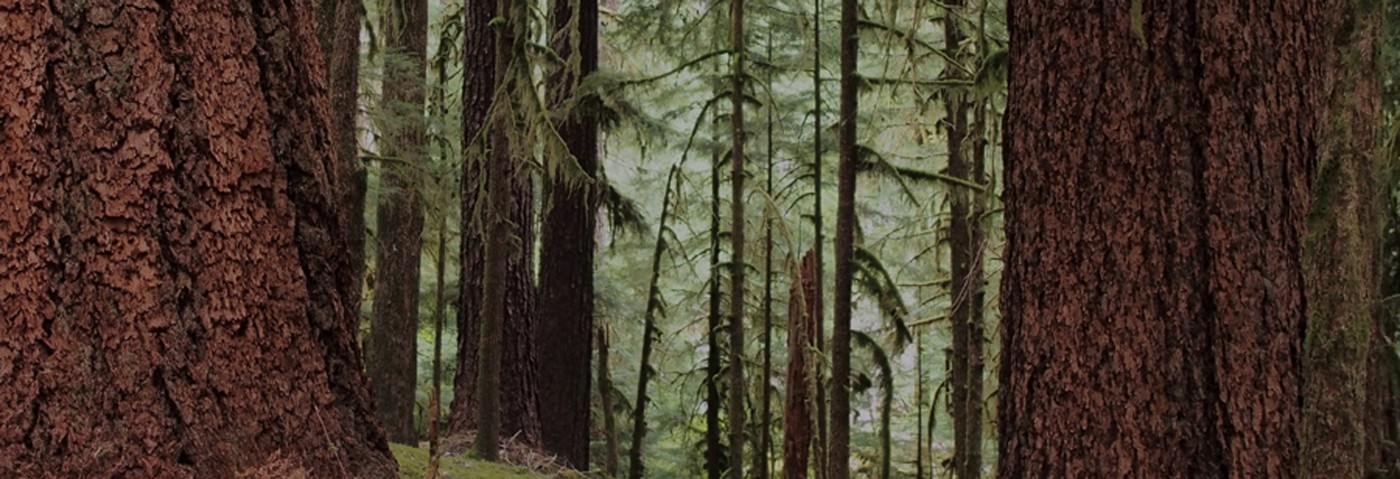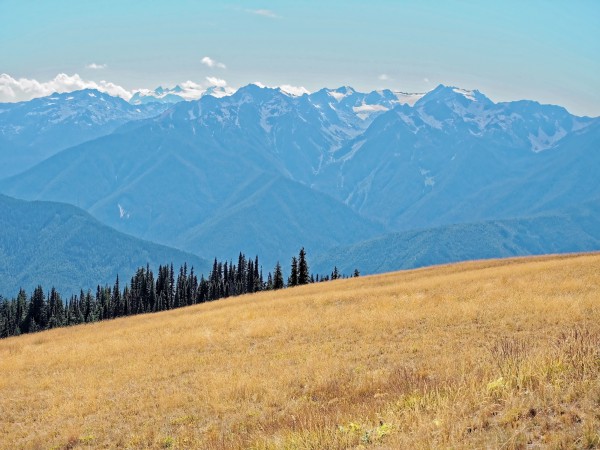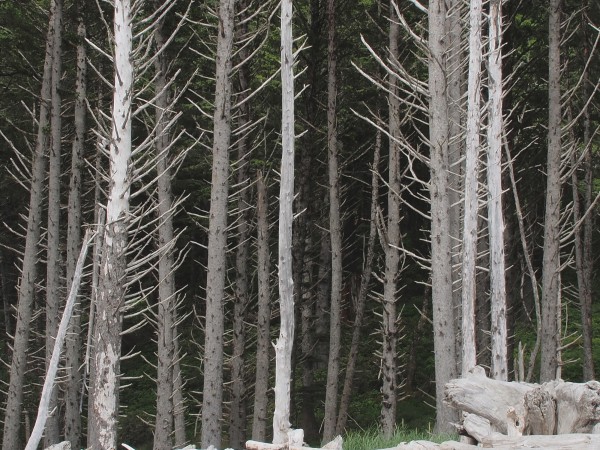To See a World in a Grain of Sand
By John Palka — Posted November 15, 2015
Two centuries ago, the poet William Blake wrote four of the most often quoted lines in English literature. The opening of his Auguries of Innocence, it is a passage that echoes my own experience.
To see a World in a Grain of Sand,
And a Heaven in a Wild Flower,
Hold Infinity in the palm of your hand
And Eternity in an Hour…
To see a world in a grain of sand—to peer so deeply into the nature of any one thing that the riches of the Universe begin to be revealed—that to me is the essence of science as a quest. Not as a profession or a career, not as a niche in complex modern society, but as a quest for understanding one’s deepest nature.
A quest is something deeply personal. You never know where it will lead, or whether that will be a reassuring or a threatening place. No matter, however. After all, you undertake a quest because the rewards of the process itself are so great. Speaking for myself, I have found that the more I have focused on the questing nature of my scientific work, the greater has been the joy, and indeed exhilaration, I have derived from it. I hope that the words and pictures that you will find on these posts will convey some of that joy and exhilaration.
The natural world is all around us, and we are an integral part of it. Just like all other animals, we human beings are nourished by the organisms we eat, and our lives depend on the oxygen of the atmosphere provided by the Earth’s plants and on the warmth provided by the Sun. As far as we know from a scientific point of view, even our conscious experience is dependent on the workings of natural systems—our brains—although we lack any real understanding of how physiology and experience are related.
In these essays I want to focus primarily on the natural world that we seek out when we want the experience of connecting with other living things, when we want to engage with life in a broader sense. First and foremost I want to focus on the forest and its companion fields and meadows, a source of renewal for so many of us. Our national parks, and even our city parks, are primarily preserves in which trees are centerpieces precisely because they speak to us so deeply.
I want to focus on trees and other plants also for practical reasons—they stand still, while animals are usually shy and reclusive. Every time you walk your favorite trail you will see the same trees and bushes along it, albeit in different seasons, but you will be fortunate indeed to spot the wren you hear in the underbrush or the millipede chewing on the detritus of the forest floor. All life is available to us to observe and ponder, but plants invite our gaze in a special way.
Finally, I want to focus not just on who our fellow planetary citizens are, on learning to call them by name, wonderful as that is. Rather, I want also to peer beneath the surface and focus on the nature of their lives. For example, most trees grow conspicuously straight up into the air, as do the subalpine firs of the wind-swept ridges of the Olympic Mountains in the photograph above, or the Sitka spruce in this silver forest on Washington’s wilderness coast.
How do they do that? How do their trunks know which way is up, their branches which way is sideways, and their roots which way is down? And how come silver trees are silver, whether they are on the seashore or on the top of a mountain? Or another example. We know that plants, including trees, photosynthesize—that they use the energy of sunlight to combine water and carbon dioxide to make the sugar that feeds the world. But how does sunlight actually participate in photosynthesis? And what is sunlight anyway? And how is it made? Such a thread of questions quickly and wonderfully leads us out into the cosmos. Blake was right – we can indeed see a world in a grain of sand. And in these posts, the grains of sand will be living things.



Thank you, Johnny. I will certainly follow your blog!
“As far as we know from a scientific point of view, even our conscious experience is dependent on the workings of natural systems—our brains—although we lack any real understanding of how physiology and experience are related.
In these essays I want to focus primarily on the natural world that we seek out when we want the experience of connecting with other living things, when we want to engage with life in a broader sense. ”
Johnny, my experience is that I don’t connect to plants and Nature with my brain…it is through the Heart, our main organ of perception.
And by connecting to the elementals in our own bodies; the air, water, earth, and fire, allows us to connect with Earth (Gaia) elementals which is all life. This connection awakens the life in us when we can feel the life in other beings like humans and plants…and that is why we enjoy being out in Nature so much and looking at and really “seeing” and feeling the energy of the plants.
I like reading your articles and seeing your photos, Christopher
You have such a different perspective, Christopher! I’m glad that you can enjoy my writing and my photographs in spite of it! As you realize, Nature’s Depths is simply an offering of ways that a mainstream scientific perspective can enrich our experience of nature and our sense of being inextricably a part of it. I hope I will be able to do that.
Johnny, I’ve always been fascinated with science and have only recently rediscovered the value of mindfulness in a frantic world. Your writing combines both science and mindfulness and reminds me that I’ve been aware since early childhood that nature and science are a powerful source of inner stillness and wonder.
Thanks, Gregg. Mindfulness and the awareness that Judy mentions under Forest Forms Most Beautiful seem to me to be closely related, and both of them call for active cultivation.
So glad to see you up and running. I will pass on to some students and get their feedback.
Many thanks, Greg. Student comments will be very helpful!
Wonderful. Your posts are helping me remember some of my own experiences: looking at a swath of moss under a binocular microscope and seeing an entire world there, snorkeling in the open sea and reveling in the cathedral-like shafts of light underwater, watching the teeming life in the first tidepool I ever saw.
Thank you especially for the quotation from Blake, which captures all these experiences so well.
Such experiences can make a life-long impact, can’t they? It’s wonderful to think back to them.
My fellow scientist, beautiful, insightful entry. I am looking forward to more of your photos and ruminations.
So glad to happen onto this blog, your latest scientific/creative endeavor, Johnny. I know you to bring a richness of knowledge infused with a depth of reverence for the natural world. May your observations and explorations enhance each one’s relationship to, insight into and embrace of the life support system provided by trees and plants. Thank you!